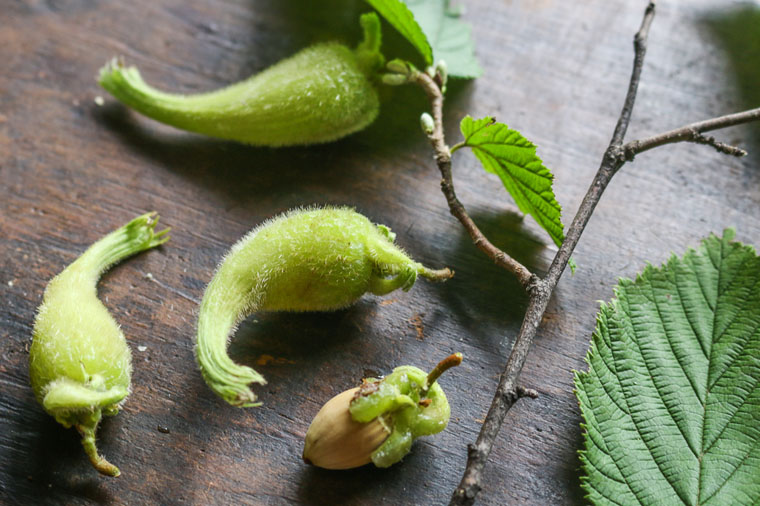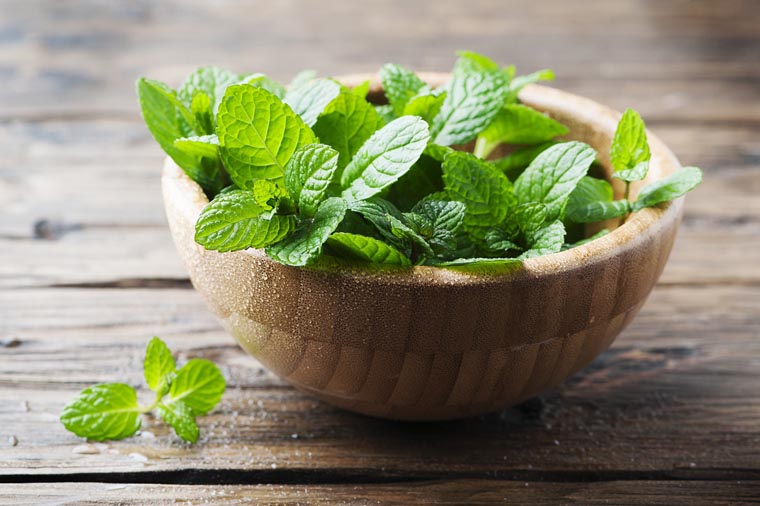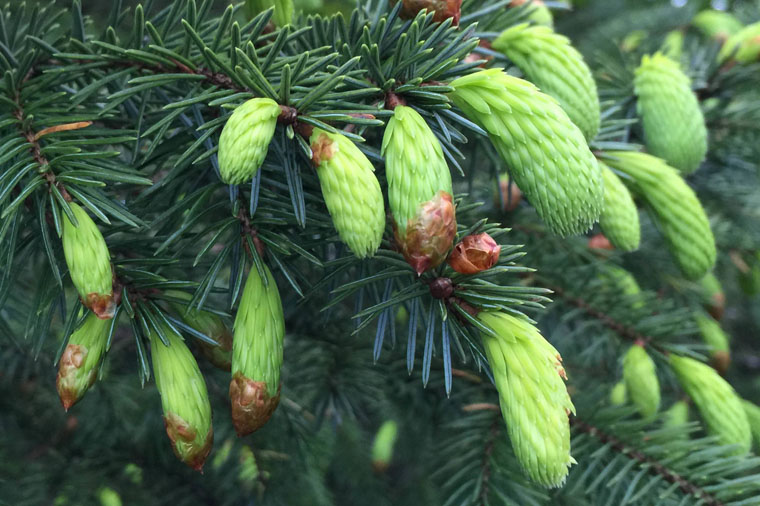How to Harvest and Use Dandelions
What is a Dandelion?
That might seem like a silly question, since dandelions were probably the very first flower we could identify as children. Most of us were probably excited to see a field of yellow flowers and we would eagerly search for one that had already gone to seed. Finding one of those little fluffy white puff-balls was a source of excitement, it meant we could carefully pick the flower by the stem, give it a blow and watch as all our wishes were carried off into the wind. However as adults, the current culture is to stop them in their tracks; because we know how invasive they are, quickly overtaking our lawns and gardens, even the cracks in the sidewalks. The common dandelion (Taraxacum officinale) and the red seeded dandelion (Taraxacum erythrospermum) are the two of the most commonplace species of wildflowers in the world. But did you know that neither varieties of dandelion were native to North America? In fact, early European settlers purposely brought over dandelion seed, because at the time it was highly regarded as a valuable herb… and for good reason.
What Makes a Dandelion so Great?
The common dandelion (Taraxacum, officinale) is one of the most versatile plants a forager can find. The entire plant, including the leaf, stem, flower, and root, is edible and highly nutritious, providing many essential vitamins and minerals. Throughout history, cultures across the world have used dandelion as an early wild food and as a valuable medicinal plant.
Food Uses : High in electrolytes, sodium and potassium, young dandelion roots can be eaten like a vegetable. Like carrots and other root vegetables they can be boiled, baked, or diced up and added to soups and stews. Roots can also be dried and ground into a fine powder as a caffeine-free substitute for coffee. Dandelion leaves are high in calcium and vitamin C. When harvested young, they can be enjoyed when eaten fresh in salads, steamed like spinach, or added to stir-fries. Leaves can also be dried and used in herbal teas. The blossoms are rich in vitamin D and wonderful on their own, fried up in a bit of butter and garlic, or baked in a savoury batter. The bright yellow petals can also add a fun splash of nutritious colour to any salad or baked into cookies. Nourishing vinegars can be made from roots, leaves, and flowers to use as a base for salad dressings, sauces, and marinades.
Medicinal Uses : Dandelions have been traditionally used as an antibilious, anti-rheumatic, anti-inflammatory, antispasmodic, astringent, bacteriostatic, bitter, cholagogue, chloerectic, digestive, diaphoretic, diuretic, fungistatic, galactagogue, hepatic, laxative, stomachic, and tonic. Herbalists and natural-medicine practitioners use dandelion primarily for the bitter flavonoid compounds found in the roots and leaves. These properties give the plant its uretic properties, which help to detox the blood and liver, relieve muscle spasms, and reduce inflammation. However, it can also be used to help ease indigestion, relieve heartburn and constipation, and stimulate appetite. If taken before a meal dandelion can help increase hydrochloric stomach acid, increasing the bioavailability of nutrients, especially calcium. Dandelion is also used as an anti-inflammatory, useful in treating rheumatism, gout, and eczema. Studies have shown the root may also help lower cholesterol and high blood pressure… the list goes on.
Ecological Uses : In addition to being a great plant for the health and wellness of mankind, dandelions are also an essential plant for our surrounding ecosystem. They are often the first blooms after a long winter, providing the first food source for many hungry animals and insects, to include the pollinators our crops depend on. Although we tend to think of them as weeds, dandelions actually help improve our soils. Their long tap roots reach deeper than most root systems, breaking up compacted soils, and restoring minerals and other nutrient-rich ingredients to the surface soil ecology.
When to Harvest Dandelions
Dandelions can be harvested anytime the ground is thawed. However, which parts of the plant are harvested will depend on the season and the individual plants life cycle.
Roots : are best harvested in the early spring, before the plant flowers or in late autumn after the first frost.
Leaves : are best tasting when harvested before the plant flowers. As the plant puts its energy into producing blooms the leaves become more bitter tasting. Young plant leaves can be found anytime from early spring through late summer.
Flowers : are best when fully blossomed, look for healthy big, bright yellow blooms.
How to Harvest Dandelions
Anytime we forage in nature we should strive to have a minimal impact on the surrounding ecosystems. That said, dandelions are prolific and in no real danger of over harvesting in terms of plant reproduction. However, in early spring it is best to only harvest a small fraction of the plants in any given area leaving plenty of food for the local wildlife.
Use Caution with Dandelions
As with any foraged plant, be sure of your identification before using any part of the plant. While dandelions are easy to identify, there are a few look-alikes out there. It is also important to follow foraging safety guidelines. Be mindful of possible contaminants that may make ingesting the plant harmful. When foraging in public areas be aware that dandelions are often treated as weeds and commonly sprayed with toxic chemicals.
Allergen Warning : Dandelions are a part of the Asteraceae family, for those who have allergies to other plants in this family, use caution when first using dandelions as food.
How to Store Your Dandelions
Dry Your Dandelions : Dried roots and leaves can be stored indefinitely if dried correctly and stored in a cool, dark, dry place.
Infuse Your Dandelions : By infusing oil or vinegar with dandelions, you can create a base product with numerous applications that will maintain a long shelf life.
Make Dandelion Tincture : By creating a tincture, you can bottle up the benefits of the plant to use year round.
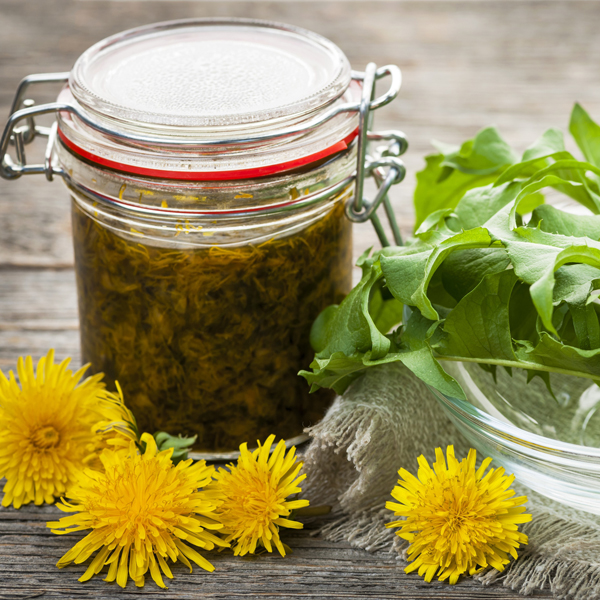
The Bases : Dandelion Oil, Vinegar, & Tincture
The best way to preserve your dandelions and get the benefits from this amazing plant year round, is to create a base. Different base preparations can be used for different things. Oils and vinegars are great for food recipes & cosmetic preparations, while a tincture is the best way to use store dandelion for medicinal therapies.
Our Printable PDF
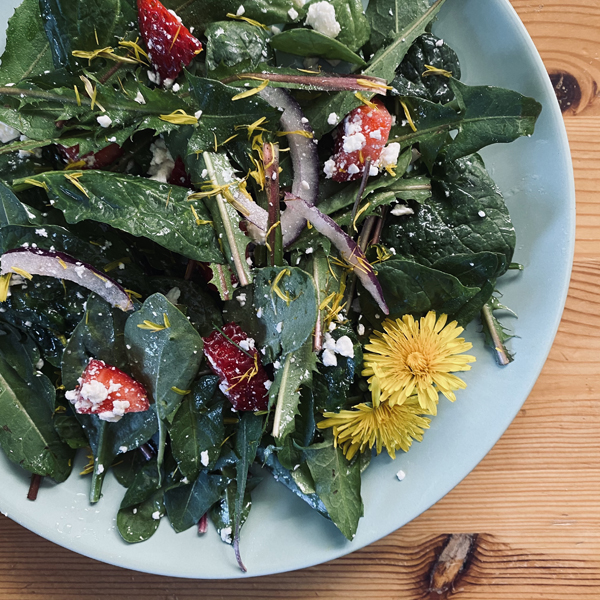
Fresh Dandelion Green Salad
Springtime is a great time to try a dandelion green salad, when the leaves are young and haven’t started to bitter too much. This recipe combines dandelion greens with baby spinach, feta, strawberries, red onion, and balsamic dressing garnished with dandelion petals for a light and easy meal packed with foraged goodness.
Our Printable PDF
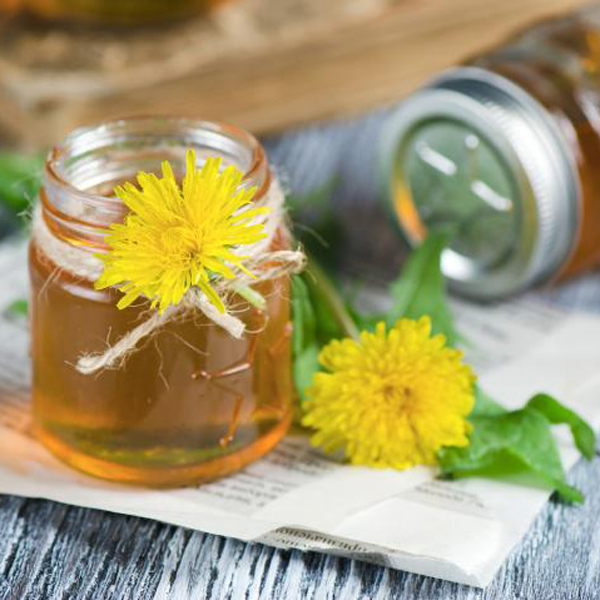
Vegan Dandelion Honey Substitute
Dandelion honey, also known as dandelion syrup, has a flavour surprising similar to bee-made honey. Dandelion honey makes a superb substitute for any recipe calling for honey or even just as a simple syrup served over your favourite desserts.
Our Printable PDF
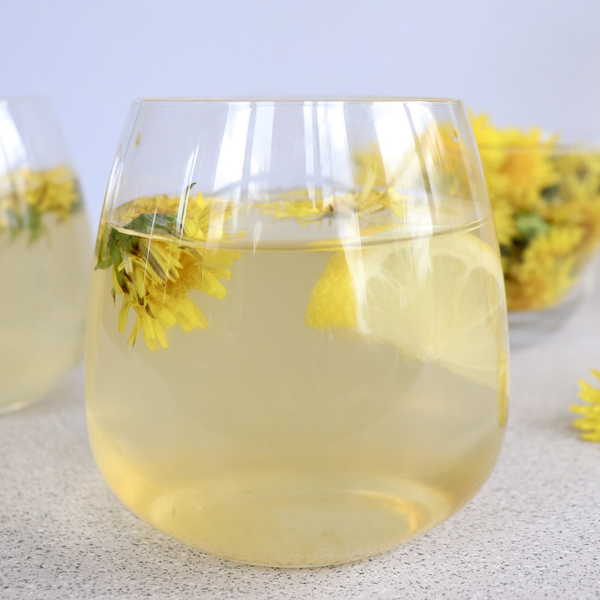
Dandelion Iced Tea
When the days are hot and you’re looking for a cool refreshing treat, try our dandelion iced tea. Brewed dandelions sweetened with honey (or dandelion honey) with a splash of lemon and poured over ice, this herbal ice tea is not only refreshing but packed with beneficial vitamins and minerals.
Our Printable PDF
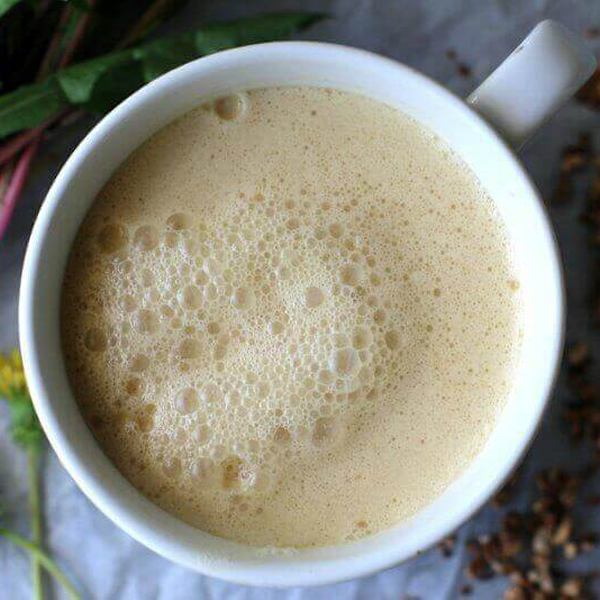
Roasted Dandelion Root Coffee
For those who love their coffee but not the caffeine, dandelion root coffee is a great alternative! Roasted dandelion roots have a flavour similar to coffee beans, mix in your favourite sweetener and cream and you have a coffee-like treat that you can enjoy any time of day.
 |
| 

